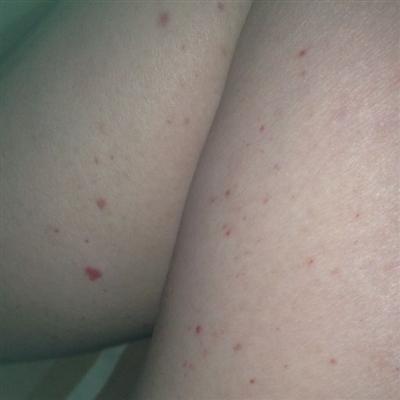What is hemolytic disease? Is it serious?
summary
Hemolytic disease of the newborn refers to the blood group antibody produced in the mother's body that does not match the fetal blood group antigen due to the blood group incompatibility between the mother and the child. This kind of antibody enters into the fetal body through the placenta, causing homologous immune hemolysis. The blood group incompatibility between Rh blood group system and ABO blood group system is common. What is hemolytic disease? Is it serious? Let's talk about it
What is hemolytic disease? Is it serious?
Jaundice appeared early in children with hemolytic disease of the newborn. Most of the hemolytic patients with RH incompatibility appeared obvious yellow skin within 24 hours after birth, and quickly aggravated. In ABO incompatible hemolysis, 40% of jaundice occurred within 24 hours after birth, and 50% occurred between 24 and 48 hours,
In the neonatal jaundice appears and after jaundice subsides, there may be varying degrees of anemia. It is mainly due to the destruction of a large number of red blood cells when hemolysis occurs. RH hemolysis may be accompanied by severe anemia, hepatosplenomegaly, and heart failure in severe cases.
About 1 / 3 of ABO hemolysis appeared anemia( 3) Fetal edema was more common in severe RH hemolysis, manifested as systemic edema, pallor, skin ecchymosis, pleural effusion, ascites, heart failure and respiratory distress at birth. Serious cases can be life-threatening.
matters needing attention
Before pregnancy, prospective parents had better carry out blood type examination. If the level of blood type antibody is higher before pregnancy, it is better to choose traditional Chinese medicine treatment to reduce the level of antibody, which can effectively prevent the fetus from suffering from hemolytic disease after pregnancy.









